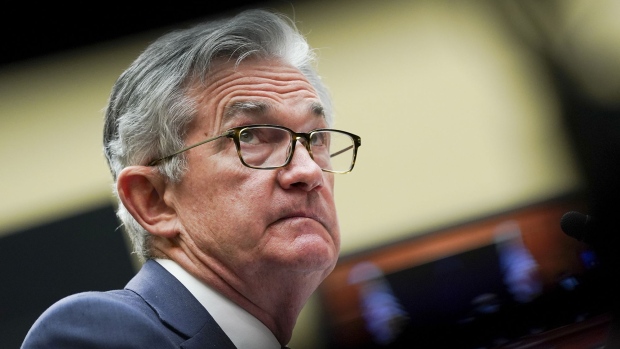
Bond market dares U.S. Fed to defy it after bloody week for investors
BNN Bloomberg
Bond traders are looking to the Federal Reserve to support the hawkish shift that just drove parts of the global bond market to one of its wildest weeks in decades.
Bond traders are looking to the Federal Reserve to support the hawkish shift that just drove parts of the global bond market to one of its wildest weeks in decades.
In a span of a few days, the view that some major central banks will be slow to raise rates shattered into pieces. Short-term yields from Canada to Australia jumped the most since the 1990s, catching even some of the best money managers flat footed, as policy makers shifted gears to move more firmly against inflation once seen as likely to be transitory. At the same time, long-term rates slid -- a signal that aggressive policy moves are likely to slow the pace of economic growth.
The capitulation of some central banks has emboldened U.S. traders, who are betting the Fed will start backing away from its mantra that the acceleration in consumer-price gains would be a short-lived side effect of the COVID pandemic. And as traders shift their attention away from officials in Ottawa and Sydney and more acutely back toward those in Washington DC, they’re now pricing in an almost 90 per cent of chance that the Fed will make its first quarter-point hike in June.
“The markets are certainly testing the limits of central banks,” Wells Fargo Asset Management’s George Bory said on Bloomberg Television.
The Fed is widely expected to announce on Wednesday that officials will start scaling back their US$120 billion-a-month bond-buying program, which has helped to hold down rates since the early days of the pandemic. While Chairman Jerome Powell has emphasized that step is not mechanically linked to the timing of rate hikes, traders could look to draw conclusions about when benchmark increases might begin, especially given that the central bank might not want the two processes to overlap.
Powell has talked about wrapping up tapering by mid-2022, but a faster-than-expected pace could bring forward the window for hikes. It would also likely signal greater concerns about inflation, which has the potential to inject further volatility.
